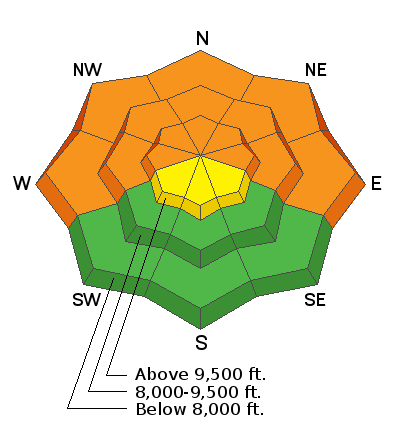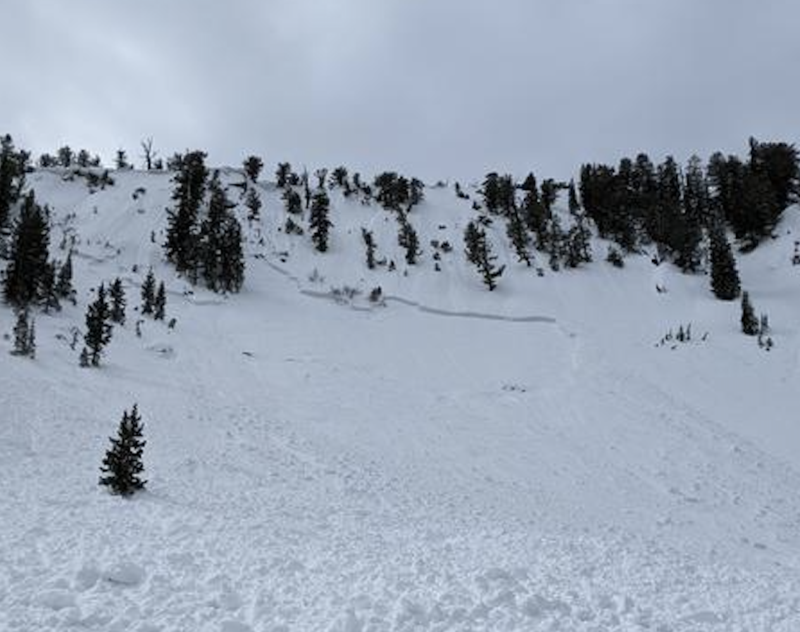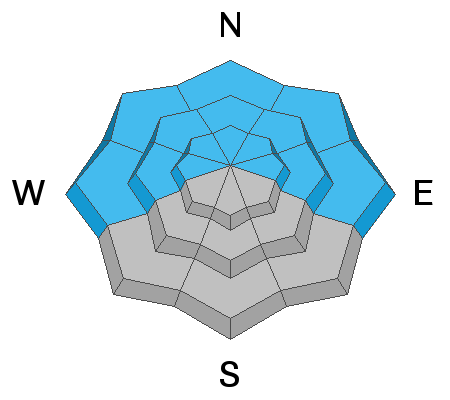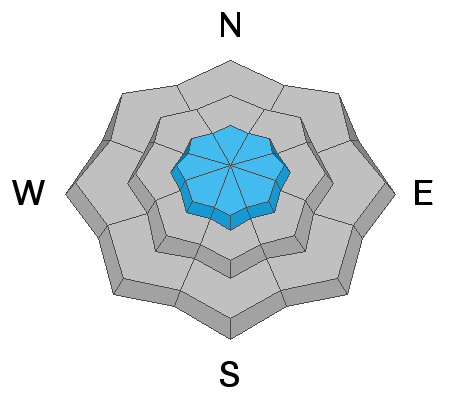Drew Hardesty is a Blogging machine: A new piece called "
A Reckoning " talks about the recent string of human-triggered avalanches.
The Accident report from March 12th in Silver Fork is now published. You can read the report
HERE.
Under mostly cloudy skies, the mountain temperatures range from 20-30 °F. Winds are calm and blowing northwest at speeds of 5-10 mph across the upper elevations. Overnight the mountains picked up roughly 1-3 inches of new snow containing 0.06-0.18 inches of water.
Today, we will remain under a northwest flow with wind speeds possibly increasing to 10-20 mph across the upper elevation ridgelines. Mountain temperatures will climb into the upper 20's to low 30's °F this afternoon. Depending on your location, the occasional snow shower could produce some intense bursts of snowfall (rates of 1 inch/hr). Fingers crossed, we will squeak out another 1-3 inches of new snow throughout the day.
It's spring, and the weather can turn on a dime. Be sure to pay attention to changing conditions, i.e., sunshine hitting cold powder, green housing, or strong bands of snow (precipitation intensity). All of these weather events usually spike avalanche activity.
Yesterday, we had another two close calls. The first was in
Millcreek Canyon, where a solo skier remotely triggered the upper headwall. The avalanche was roughly 2' deep 350' wide running 500 vertical feet downhill, stopping just 10' short of where he was standing (photo below).
The other was also a solo skier in Big Cottonwood Canyon, in an area known as
Lucky Days. This avalanche was 2' deep 50' wide and caught and carried the skier. The skier hit a tree and had his skis and poles buried in the slide. Luckily in both accounts, everyone is okay.
Photo: Donner. Avalanche in Millcreek Canyon.











